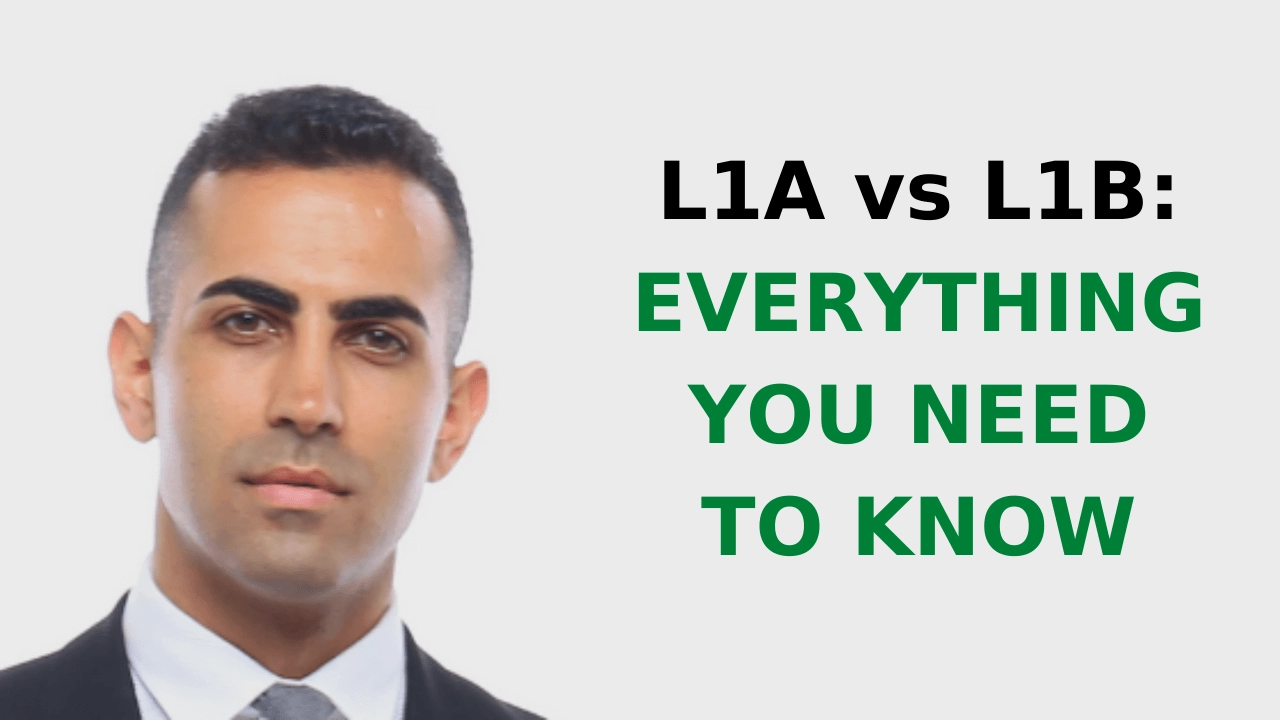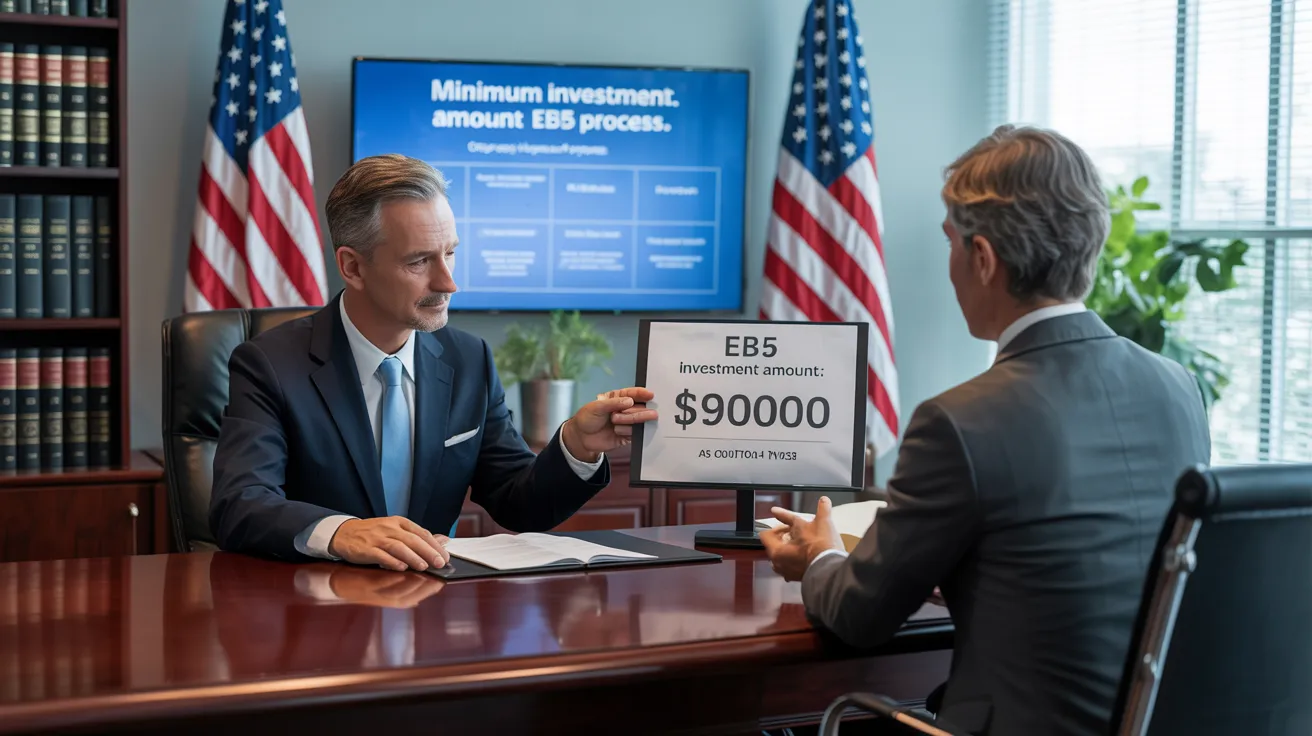The Best Strategy To Use For L1 Visa
Table of ContentsThe Only Guide to L1 Visa10 Easy Facts About L1 Visa ShownThe Main Principles Of L1 Visa The Facts About L1 Visa RevealedHow L1 Visa can Save You Time, Stress, and Money.Getting The L1 copyright Work
Readily Available from ProQuest Dissertations & Theses International; Social Science Costs Collection. (2074816399). (PDF). Congress. (PDF). DHS Office of the Inspector General. (PDF). (PDF). "Nonimmigrant Visa Data". Obtained 2023-03-26. Department of Homeland Protection Office of the Inspector General, "Testimonial of Susceptabilities and Possible Misuses of the L-1 Visa Program," "A Mainframe-Size Visa Loophole".
U.S. Department of State. Recovered 22 August 2016. "Employees paid $1.21 an hour to set up Fremont tech company's computer systems". The Mercury Information. 2014-10-22. Obtained 2023-02-08. Costa, Daniel (November 11, 2014). "Little-known short-lived visas for foreign tech workers depress salaries". Capital. Tamen, Joan Fleischer (August 10, 2013). "Visa Holders Change Employees".
All About L1 Visa
In order to be qualified for the L-1 visa, the international business abroad where the Recipient was utilized and the U.S. firm must have a certifying partnership at the time of the transfer. The different types of certifying connections are: 1.
Company A possesses 100% of the shares of Company B.Company A is the Parent and Business B is a subsidiary. There is a qualifying connection in between the two companies and Firm B must be able to fund the Recipient.
Instance 2: Business A is integrated in the U - L1 Visa.S. and intends to request the Beneficiary. Firm B is incorporated in Indonesia and utilizes the Beneficiary. Company A possesses 40% of Business B. The staying 60% is had and controlled by Company C, which has no relationship to Business A.Since Firm A and B do not have a parent-subsidiary connection, Company A can not fund the Recipient for L-1.
Firm An owns 40% of Business B. The staying 60% is had by Firm C, which has no relationship to Company A. Nevertheless, Business A, by official arrangement, controls and complete handles Business B.Since Company A has less than 50% of Company B but manages and controls the firm, there is a certifying parent-subsidiary connection and Firm A can sponsor the Recipient for L-1.
The 15-Second Trick For L1 Visa
Associate: An associate is 1 of 2 subsidiaries thar are both had and managed by the exact same parent or individual, or owned and controlled by the exact same group of people, in essentially the exact same ratios. a. Instance 1: Company A is integrated in Ghana and uses the Beneficiary. Company B is incorporated in the U.S.
Firm C, also integrated in Ghana, possesses 100% of Business A and 100% of Business B.Therefore, get started Company A and Company B are "affiliates" or sister firms and a certifying relationship exists in between the 2 companies. Company B need to be able to sponsor the Recipient. b. Example 2: Company A is incorporated in the U.S.
Company A is 60% owned by Mrs. Smith, 20% owned by Mr. Doe, and 20% possessed by Ms. Brown. Business B is incorporated in Colombia and currently utilizes the Recipient. Firm B is 65% owned by Mrs. Smith, 15% had by Mr. Doe, and 20% possessed by Ms. Brown. Firm A and Company B are affiliates and have a certifying relationship in two various methods: Mrs.
The L-1 visa is an employment-based visa group established by Congress in 1970, permitting international business to move their managers, executives, or vital workers to their united state operations. It is generally described as the intracompany transferee visa. There are two primary types of L-1 visas: L-1A and L-1B. These types appropriate for workers worked with in different placements within a firm.

Furthermore, the beneficiary should have functioned in a managerial, executive, or specialized employee position for one year within the 3 years preceding the L-1A application in the international business. For brand-new workplace applications, foreign employment should have been in a managerial or executive ability if contact us the beneficiary is pertaining to the United States to function as a supervisor or executive.
Not known Incorrect Statements About L1 Visa

If provided for an U.S. firm functional for even more than one year, the first L-1B visa is for up to three years and can be prolonged for an added two years (L1 Visa). On the other hand, if the U.S. L1 Visa law firm business is recently established or has actually been operational for much less than one year, the initial L-1B visa is provided for one year, with expansions offered in two-year increments
The L-1 visa is an employment-based visa group established by Congress in 1970, allowing multinational business to move their managers, execs, or key personnel to their U.S. procedures. It is generally described as the intracompany transferee visa. There are 2 major sorts of L-1 visas: L-1A and L-1B. These types appropriate for employees hired in different placements within a business.
L1 Visa Can Be Fun For Everyone
Furthermore, the beneficiary has to have worked in a managerial, executive, or specialized staff member placement for one year within the 3 years coming before the L-1A application in the international business. For brand-new office applications, foreign work needs to have remained in a supervisory or executive ability if the beneficiary is involving the United States to function as a manager or exec.
for approximately seven years to manage the procedures of the U.S. associate as an exec or supervisor. If provided for a united state firm that has actually been functional for even more than one year, the L-1A visa is originally given for as much as 3 years and can be prolonged in two-year increments.
If provided for an U.S. firm functional for more than one year, the first L-1B visa is for up to 3 years and can be extended for an extra 2 years. On the other hand, if the U.S. business is recently developed or has actually been functional for less than one year, the initial L-1B visa is released for one year, with extensions available in two-year increments.